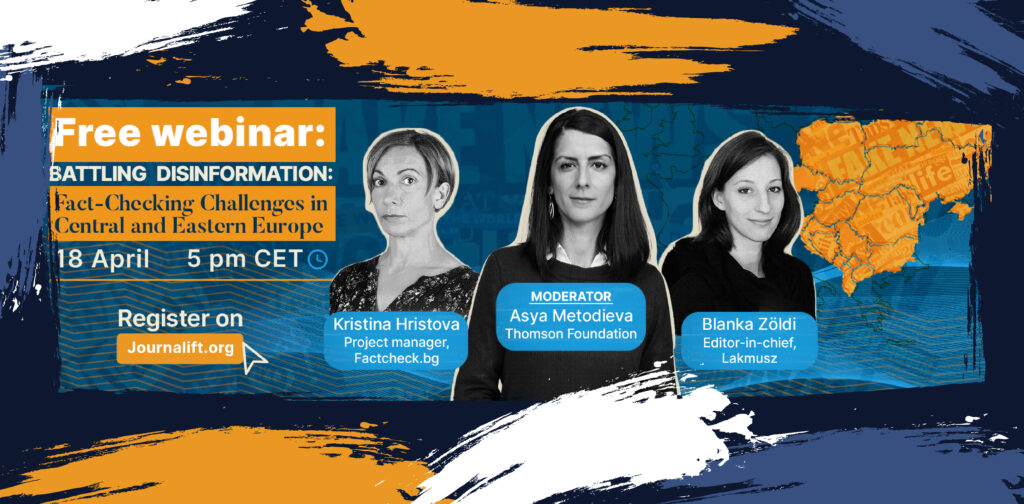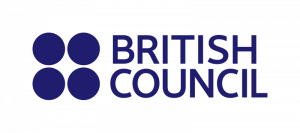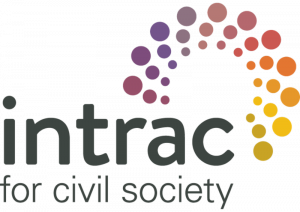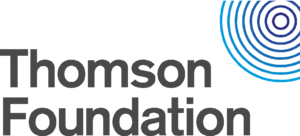Digitalization has accelerated the development of the media. Everything has changed except for the need for professional journalism and a well-written text. Also, what remains constant is the audience, whose loyalty always rewards the good player with applause. But how good are we at listening to those applauses?! What exactly does the audience “say”?!
How to win the “applause”?
What needs to be understood is HOW does that audience read? Because sometimes it is not only WHAT we read that matters, but also HOW we read (Aristotle). But even Aristotle's rhetorical writing is surpassed. Perhaps we are increasingly moving towards Plato's need to "imitate" mimesis in the real world. The transition to written / digital / typed-in content will not change for long. But what can be changed?
With the growing amount of information, people began to read not whole texts, but only titles with barely passing through the text. And to read a text, you feel as if you have passed all the media, precisely because of copy-paste journalism.
All this is a well-known fact. The question is why they are not resilient enough to the changes that are here and what awaits them. And no, it's not bad at all to be flexible enough to find alternative solutions to attract readers, the question is what do we do with the NEW WAY TO READ and receive information.
Elasticity is not a bad thing at all. It's bad when you are not open to change. It takes a great deal of resilience to be able to see through the eyes of the Other, the Reader. In this regard, you already become aware that you also need certain new skills in new areas.
For example: the most read/or more engagement is in the groups on social networks where they offer answers to questions that really bother people. Those groups (especially the last one I checked, created for COVID 19 dilemma questions) numbered over 40,000 members in just a few months. A number that should not be overlooked, a solid diverse readership, gathered in one place for a certain interest, such as issues related to the health sector. From what "hurts" them.
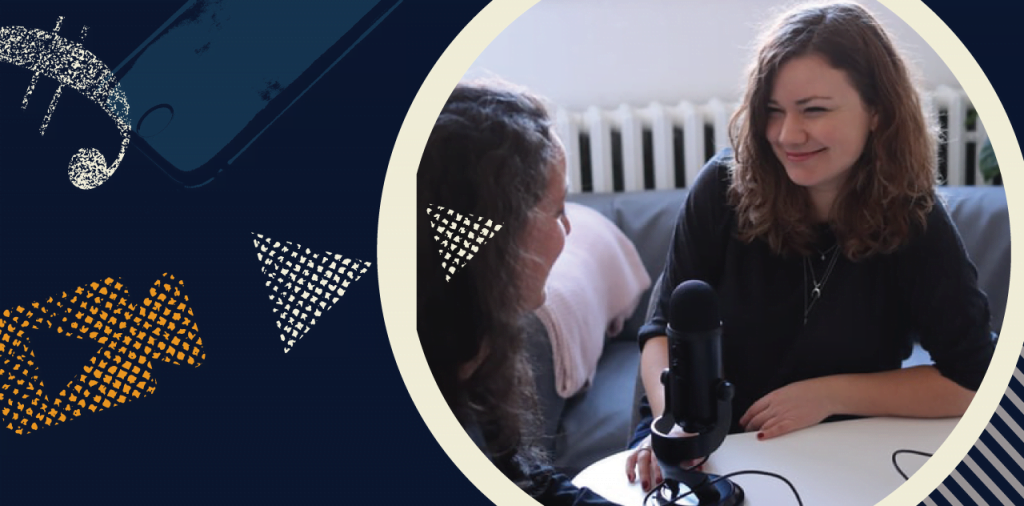
Content based on emotions
So, we see that from #infodemia the world has turned to producing content based on emotions (a concrete example is the emotional interview of Harry & Megan that caused a media earthquake). Also, the COVID situation itself contributed to that. But the behavior of the readership per se has already changed, not just the communication channel (internet). It certainly put forward the greater demand for entertainment. Why?
Well, there are psychological reasons why we consume media. Media consumption relates to our ability to be resilient, which then affects our well-being. How does the media you consume reflect your well-being? To learn more, please see Courtney Garcia’s YouTube channel, Screen Therapy. She explains the interaction between the Player (or a Reader in your case) and perspective healing effects that a social media / game can have on life, career, friendships, and opinions.
There is also some kind of pleasure in reading / consuming content. Susan Winnett in her essay "Coming Unstrung: Women, Men, Narrative, and Principles of Pleasure," says that reading content as a process actually resembles a sexual act.
| Understanding your readers - step by step Understanding readers ’behavior on your (digital) media can put a lot more thought on the table on how to position the information in media by analyzing the local community. So, you may consider to rebuild your skills in the behavioral psychology and try to figure out: 1. Who is my reader? What he / she does throughout the day? 2. Identify and understand your readers and their needs. 3. What is important and necessary for them? 4. What do you need to write to meet that need? What do they already know about this topic and what do they want to know? 5. How do you provide them with information or content that is important to them? 6. But if you do not know the answer to question number 3, go back to the beginning. 7. Analyzes, analyzes, analyzes |

Yes, I know, to answer these questions, you seem to think it's easy. But the deeper you go, the more you realize that you already need new skills. Or simply said: You need a media psychologist.
It uses various methods of critical analysis to develop a working model of a user's perception based on media experience. Major contributors to media psychology include Marshall McLuhan. McLuhan's statement - "the medium is the message" - was suggestive towards the notion that media is inherently dangerous. If this is also your community fear, then you should definitely hire a media psychologist to see how you can come over it.
Media psychology is a new and emerging field of psychology combined with media and communications. It's so new that there is no universal consensus among practitioners and those in academia as to a precise definition or scope of media psychology. In fact, it only recently (in the past 5 years at most) has become an "official" academic discipline. However, most interested parties would agree that media psychology combines an understanding of new and emerging media technologies with an understanding of human behavior, cognition and emotions in an attempt to describe, explain and predict the impact, responses, perceptions, interactions and outcomes that media and related technologies produce in individuals, groups and societies.
But aren't social media algorithms already doing that, as we saw it on Social Dilemma (the Netflix documentary, 2020)? Well, you should go with the flow as well. Academia researchers go so far that they have developed a new model: THE R²EM Model – the Recovery and Resilience in Entertaining Media. The perspective of media usage and its contribution to positive outcomes for its users has been expanded towards the media’s potential to facilitate recovery from stress and strain and to support the replenishment of physical and psychological resources.
Recovery is a crucial precondition for health and well-being when we are faced with the frequent demands of everyday life: only if we ‘recharge our batteries’ and leave the burdens of everyday work and daily hassles behind us, we can successfully cope with daily challenges. Work and other demanding activities consume our physical and mental resources, leaving us in a state of fatigue and need for recovery. Whereas recovery processes and outcomes have only recently found their way into research in media psychology and communication, a wide range of traditional media uses and effects studies have linked media exposure to recovery implicitly.
Media-induced recovery experiences form a link between media consumption and subjective (e.g., work satisfaction, vitality and positive affect) as well as more objective indicators of well-being (e.g., cognitive performance). Positive associations between media use and recovery experience as well as different recovery outcomes have been reported for a wide range of media genres and different media stimuli including video games, short video clips and YouTube videos, movie consumption, as well as smartphone use. No wonder why during COVID 19 pandemic there was an increase in greater demand for entertainment media.

So, you need to reposition yourself and your media, as a key for building resilience. You have to think both ways: resilience to the level of creating new content that will also contribute to and improve the resilience of your readers. Isn't that what we all want when we resort to the media, wanting to satisfy certain emotional situations?! I know I do. I constantly find comfort when just looking for pictures on Pinterest about gardening. And no, I'm not talking about the news media part of your media. I'm talking about the content you create, which serves to attract readers from your community: Entertainment, Services, Your Advisor, etc. Some media even prefer to monetize that way, by satisfying your (emotional) needs. In that direction, resilience is a new skill, but also a strategy of work. And you may want your strategy to be aimed at:
1. Maintaining a "healthy relationship" with the Reader / Consumer. Keeping to the point, clear and satisfying the needs by placing a desirable content. Increasingly, customer retention will depend upon having a single platform capable of satisfying a wide range of entertainment desires. So, rather than focusing solely on streaming video, providers should explore potentially adding games, music, and podcasts to their suite of offerings or partnering with other providers.
2. Reducing crises that can deteriorate your relationship fairly quickly, by introducing new possibilities. The hard lines that used to exist between content and distribution channels are increasingly blurring. The coevolution of entertainment and technology is helping fuel new service offerings.
3. Continuous analysis of content behaviour. Community demand and involvement. Renewing the focus on customers ’needs. Streaming providers should move past simply focusing on cost and content by becoming more nuanced in their customer engagement. To improve retention, they should address customers ’challenges and preferences through content windowing, tiered pricing, tailored services, and social experiences. Prepare for new consumer behaviours that may become permanent.
4. Explore opportunities in the areas of direct- to- consumer offerings. Seek ways to make more relevant content easier to discover and access.
5. Anticipate where consumers want a new experience, not just a better version of what you/they have today.
6. Persistence in adhering to the plan. Be resilient enough to adapt to the constant changes.
Whatever approach you take, please remember to always keep your skills up-to-date. Media resilience - it is not only a skill, but a virtue and a strategy at the same time. It is a new era demand. Be bold! Be resilient!
















